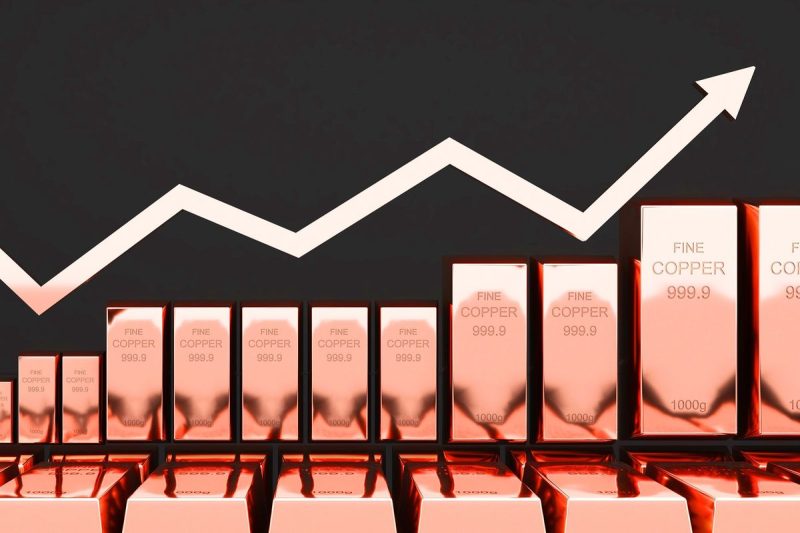
When’s the Next Surge? Anticipating a Rise in Copper Prices
Understanding the Dynamics of Copper Prices
The dynamics of copper prices revolve around a complex network of factors that primarily stem from its supply and demand in the marketplace. From the traditional economic perspective, when the demand for copper surprisingly outweighs its supply, the prices typically drive upwards.
The Driving Forces of Copper Demand
The key driver of copper’s demand is its utilization in a wide array of industries such as electrical and electronic products, construction, transportation, and industrial machinery. As these sectors grow and demand more input, they subsequently increase the demand for copper, instigating a rise in copper prices.
Emerging trends particularly in renewable energy and Electric Vehicles (EVs) also fuel the demand for copper. Copper constitutes significant components in the production of renewable energy infrastructure and electric vehicles. With the world progressively shifting towards renewables and EVs due to concerns over climate change, the demand for copper is projected to increase. As a result, the price for copper could potentially go up.
Impacts of Market Speculation and Investment
Market speculation and investment also play a crucial role in influencing the price of copper. Investors buying or selling futures contracts based on their forecasted copper price movements can affect the actual price. This influence is more pronounced when large volumes of copper are traded.
Global macroeconomic factors consolidate the investor sentiment toward copper. For instance, a robust global economic outlook might stimulate a surge in copper prices as investors anticipate increased industrial activity, leading to elevated copper demand.
Factors Influencing Copper Supply
The supply of copper is impacted by factors such as mining operations’ efficiency, availability of copper ore, and geopolitical events. Mining disruptions due to labor strikes, technical challenges, or political unrest can lead to a shortage in copper supply, thus pushing copper prices up.
Exploration and development of new copper mines present another factor that could affect copper supply. The discovery of new resources can abruptly increase the supply of copper, potentially causing price declines. However, such discoveries often take several years to progress from exploration to production, limiting their short-term impact on prices.
Furthermore, copper recycling offers a noteworthy contribution to global copper supply. An increase in recycling efforts may cause a surge in available copper, potentially influencing the price in the short term.
Effects of the Currency Market
As copper is widely traded on the global market and priced in U.S. dollars, fluctuations in currency markets and specifically the strength of the dollar can impact copper prices. A strong dollar often corresponds with lower copper prices as it makes it more expensive for other currencies to purchase, thereby decreasing the demand.
Calculating the Future of Copper Prices
By interweaving the mentioned factors, predicting when copper prices will go up can be a complex affair. Increased demand from growing industries such as EVs and renewable energy, coupled with potential disruptions in supply due to geopolitical factors, suggest that copper prices may rise in the future. At the same time, market speculation, global economic growth, and shifts in currency markets are critical to consider in these calculations.
In summary, fluctuations in the price of copper center on many interlocking factors. An understanding of the intricate demand-supply dynamics, observed trends, and probable future scenarios can provide insightful perspectives on when copper prices might rise. However, given the multifaceted nature of these determinants, predicting exact timelines poses a challenging endeavor. As such, continuous monitoring of these variables and adapting to their swift changes is necessary for those invested in the copper market.
